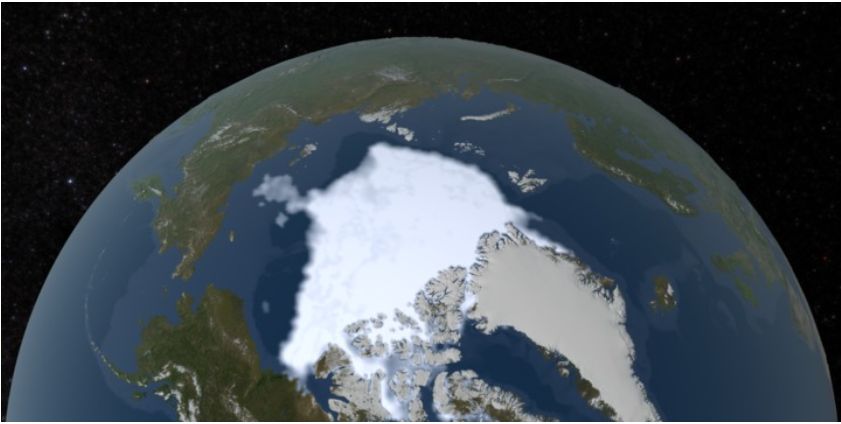When was the last time you saw a tap leaking on the side of the road and closed it? When was the last time you waited for complete darkness outside to switch on your house light? When was the last time you used the timer of your AC? When was the last time you refused a plastic bag in the shop?
We in this blog talk about essence of life, blue skies, yellow butterflies, violets and peace and tranquillity in them. What will we do when the sky isn’t blue anymore, when there will only be the skeletons of yellow butterflies and acid burnt violets to look at? And for this who is responsible? The answer to this question is well known to all of us. We all are aware that slowly we all are killing the beautiful planet.

The incidents taking place like the Amazon forest-fire, like the historic cold of the frozen Lake Michigan, the extreme heat in Australia, the slow melting of the polar ice caps, the overall rise of the mean sea level and the mean temperature of the earth, we all have heard about this, we all know it is happening. But do we act on that basis? Do we know how much is really happening?
Here are some pictures and some data for some idea.


Data source: NASA/GISS
Credit: NASA Scientific Visualization Studio

Data source: NASA/GISS
Credit: NASA Scientific Visualization Studio
- If we think air as a homogenous mixture of millions of little orbeze, then there are 412 more carbon dioxide orbeze in per million orbeze, when the normal number is near 200. CO2 levels are highest in last 650,000 years.
- The global temperature has risen almost a degree since 1880. 18 of the 19 warmest years have been recorded since 2001.
- Almost 13% of the Arctic ice melts every decade. 413 Gigatonnes of ice sheets are melting every year.
- With that MSL is rising 3.3mm per year. In that rate in 40 years Osaka (Japan), Alexandria (Egypt), Rio de Janerio (Brazil), Shanghai (China), Miami (US), Bangkok (Thailand), Dhaka (Bangladesh), London (England), Houston (Texas) and in India- Kolkata, Sundarbans, Bhubaneshwar, Cuttak, Ahmedabad, Mumbai, Goa, Chennai, Bengaluru, Kanyakumari, all these cities will be completely submerged under water.
- The oceans have absorbed much of this increased heat, with the top 700 meters (about 2,300 feet) of ocean showing warming of more than 0.4 degrees Fahrenheit since 1969.
- Glaciers are retreating almost everywhere around the world — including in the Alps, Himalayas, Andes, Rockies, Alaska and Africa.

Data source: Satellite observations.
Credit: NASA Scientific Visualization Studio

Data source: Satellite observations.
Credit: NASA Scientific Visualization Studio
This is the week of Global Climate Strike. It took a Swedish little girl named Greta Thunberg to point it out that we adults are ruining the planet; we are ruining the portion even for the next upcoming generations. We are the ones who created the mess and we should fix it. Some points we can follow to do our little bit to save our little planet:
- Refuse plastics everytime.
- Reuse the ones you anyway get.
- Recycle them when they are non-reusable.
- Use renewable resources of energy as much as possible.
- Don’t waste water, food, energy.
- Plant at least two trees a month.
- Use Public Transport.
- Try turning off engines at signals.
- Try bathing in bucket water, avoiding showers.
- Use the timer in AC.
This is the bare minimum we can contribute for our Planet.
Let’s build a beautiful planet for our great- grand children. Let Leila learn swimming in a real pond. We can fix this; let’s act before it is too late. Let’s build a greener world for a greener future.


Reblogged this on The Foreign Correspondent: A Site of “Revealing Interviews” of a Foreign Correspondent, the Journalist and Writer.
LikeLiked by 1 person
Thank you 😊
LikeLike
Reblogged this on Matthews' Blog.
LikeLiked by 1 person
Thank you so much 😊
LikeLike
My pleasure, dear.
LikeLiked by 1 person
Good message. 🙂
LikeLiked by 1 person
Thank you
LikeLiked by 1 person